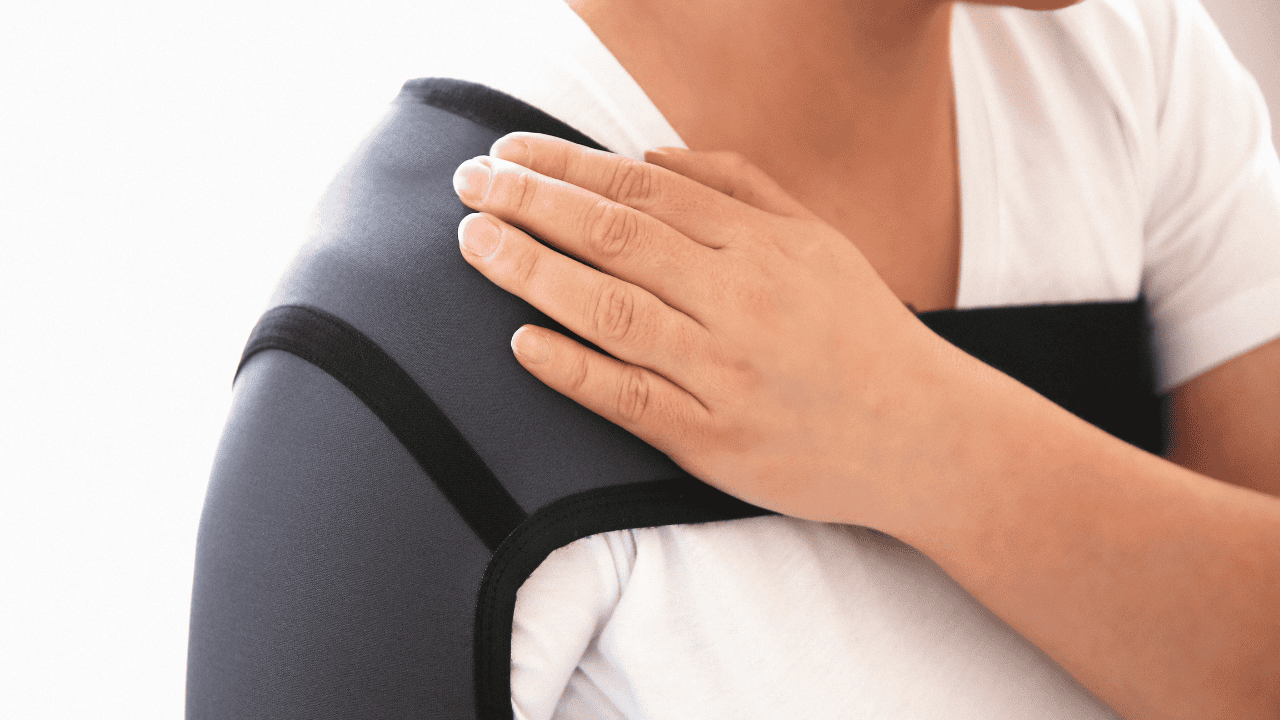5 Signs You Need a Rotator Cuff Shoulder Brace – Expert Advice

Are you experiencing persistent shoulder discomfort but unsure whether you need a rotator cuff shoulder brace? Understanding the key signs that indicate the need for shoulder support can help prevent further injury and promote faster healing. In this comprehensive guide, we’ll explore the five critical signs that suggest you should consider using a rotator cuff shoulder brace, backed by expert medical insights.
What is a Rotator Cuff Injury?
Before diving into the signs, it’s important to understand what the rotator cuff is. The rotator cuff consists of four muscles and their tendons that surround your shoulder joint, providing stability and enabling smooth arm movement. When these tissues become damaged or inflamed, it can lead to significant discomfort and limited mobility.
Sign #1: Persistent Shoulder Pain During Daily Activities
One of the most telling signs that you might need a rotator cuff shoulder brace is experiencing consistent pain during everyday activities. Pay attention if you feel pain when:
- Reaching for objects above your head
- Putting on or removing clothing
- Carrying groceries or light weights
- Sleeping on the affected shoulder
- Brushing your hair or performing basic grooming tasks
This type of persistent pain indicates that your rotator cuff needs additional support and protection during the healing process.
Sign #2: Weakness in Shoulder and Arm Movements
If you notice a decrease in strength when performing certain movements, this could be a clear indicator that you need a shoulder brace. This weakness might manifest as:
- Difficulty lifting objects you could previously handle easily
- Struggling to maintain arm position while working or exercising
- Reduced ability to perform pushing or pulling motions
- Unstable feeling when moving your arm in certain directions
A properly fitted rotator cuff brace can provide the necessary support to help maintain proper shoulder alignment while your strength returns.
Sign #3: Limited Range of Motion
Restricted movement in your shoulder joint is another crucial sign. If you’re experiencing:
- Inability to reach behind your back
- Difficulty raising your arm above shoulder height
- Reduced flexibility in shoulder rotation
- Stiffness that persists throughout the day
These limitations often indicate inflammation and potential damage that could benefit from the stabilizing effects of a shoulder brace.
Sign #4: Clicking or Popping Sounds
Unusual sounds from your shoulder joint should never be ignored. If you notice:
- Clicking when raising or lowering your arm
- Popping sensations during specific movements
- Grinding feelings accompanied by discomfort
- Crackling sounds during shoulder rotation
These symptoms often indicate that your rotator cuff needs additional support to prevent further irritation and promote healing.
Sign #5: Pain That Worsens with Specific Movements
If certain movements consistently trigger or intensify your shoulder pain, this is a strong indication that you need additional support. Watch for:
- Sharp pain when lifting objects
- Increased discomfort during overhead activities
- Pain that intensifies during sports or exercise
- Discomfort that becomes worse as the day progresses
When to Consult a Healthcare Professional
While a rotator cuff shoulder brace can provide significant relief and support, it’s essential to consult a healthcare provider if you experience:
- Severe pain that doesn’t improve with rest
- Inability to perform basic daily tasks
- Significant weakness in the affected arm
- Pain that persists for more than a few weeks
Choosing the Right Rotator Cuff Shoulder Brace
When selecting a shoulder brace, consider these factors:
- Level of support needed based on your symptoms
- Proper sizing for optimal effectiveness
- Material quality and breathability
- Adjustability features for customized compression
- Comfort during extended wear
The Benefits of Using a Rotator Cuff Shoulder Brace
A quality shoulder brace can provide numerous benefits, including:
- Improved stability during movement
- Reduced pain and discomfort
- Enhanced healing environment
- Prevention of further injury
- Increased confidence in daily activities
Remember that a shoulder brace should be part of a comprehensive treatment approach that may include physical therapy, appropriate rest, and proper exercise modifications.
Conclusion
Identifying the signs that indicate the need for a rotator cuff shoulder brace is crucial for proper recovery and injury prevention. If you’re experiencing any of the five signs discussed above, consider using a shoulder brace and consult with a healthcare professional for personalized advice. Early intervention with appropriate support can make a significant difference in your recovery journey and help prevent long-term complications.
Have you noticed any of these signs? Don’t wait until the pain becomes severe – taking action early can help ensure a faster and more complete recovery.
